Creating an ecommerce catalog is essential for running effective advertising campaigns on Meta platforms. This guide will walk you through how to create and set up your catalog, ensuring that you can effectively showcase your products and reach your target audience.
Understanding the Commerce Catalog
A commerce catalog serves as a central repository for your products that you plan to advertise. It allows you to organize your products, manage inventory, and efficiently run ads across Meta's platforms. This section will delve into how to navigate the Commerce Manager to create your catalog.

Accessing the Commerce Manager
Start by navigating to the Ad Manager. From there, you need to access the Commerce Manager. Click on "All Tools" and select "Commerce Manager." This will take you to the dashboard where you can manage your catalog.
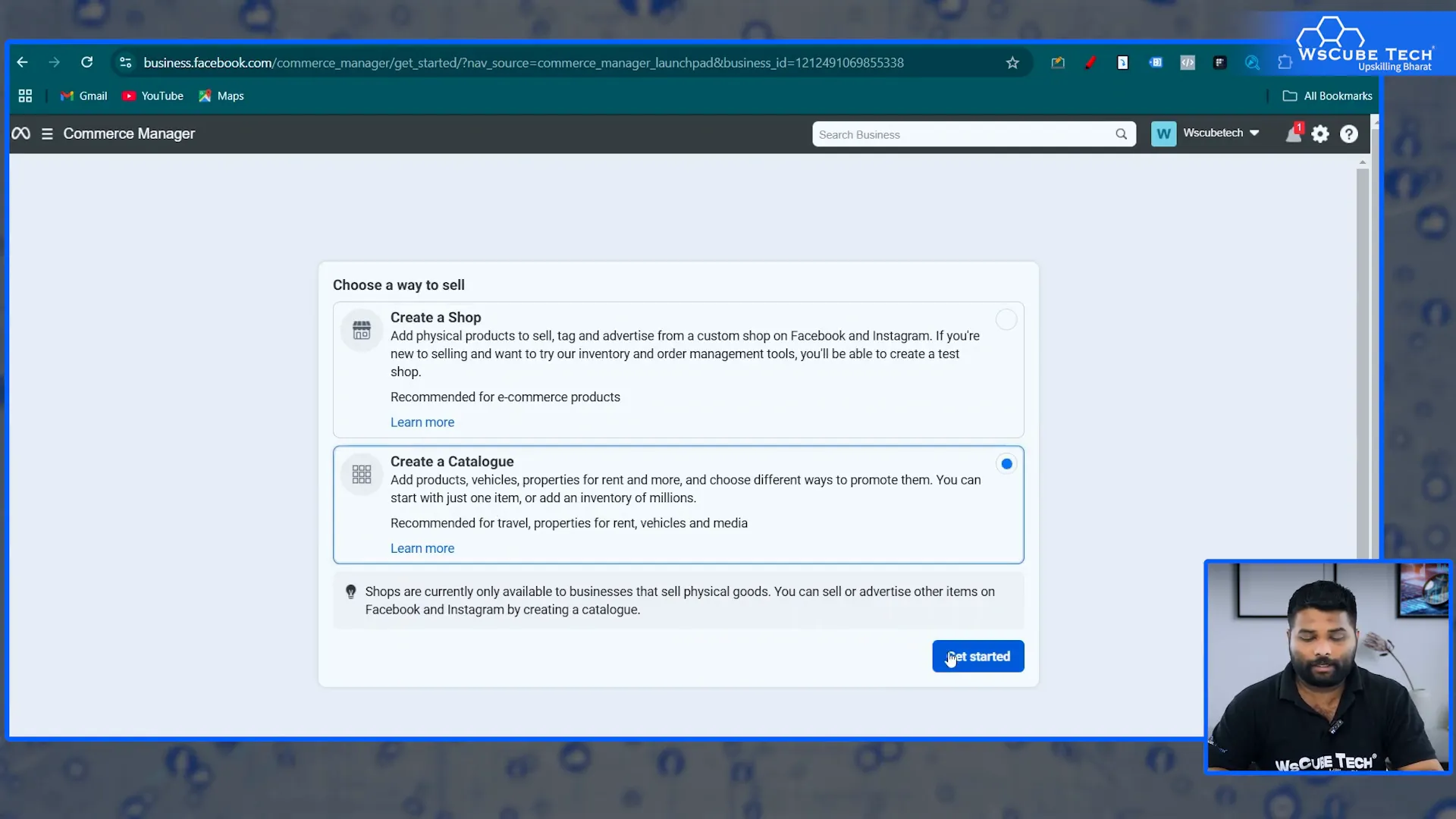
Creating Your Catalog
Once in the Commerce Manager, click on "Get Started." You will have two options: "Create a Shop" or "Create a Catalog." Since our focus is on setting up a catalog, select "Create a Catalog." You will then be directed to the online products section, which is your commerce catalog.
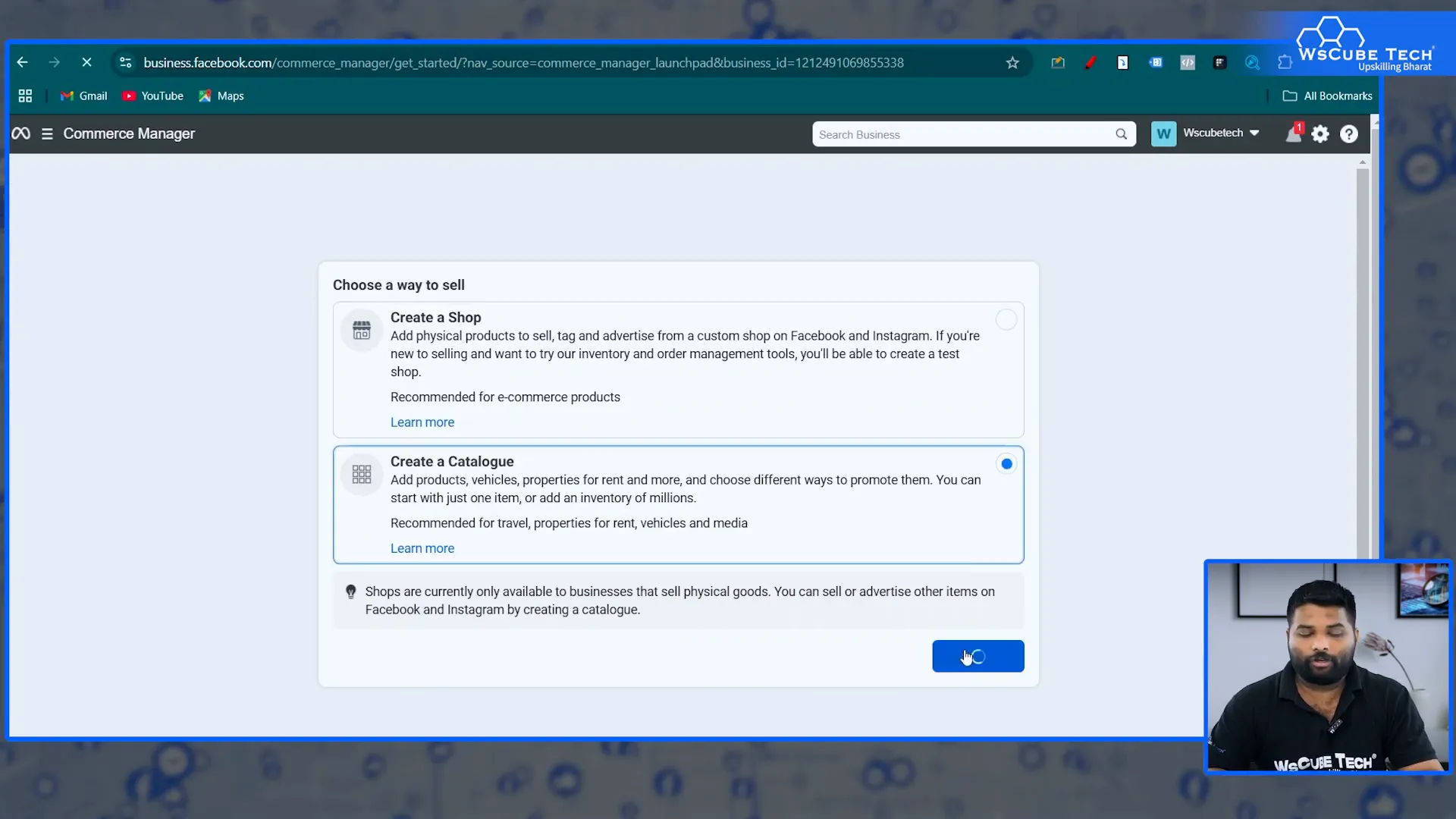
Naming Your Catalog
Next, you will need to name your catalog. Choose a name that reflects the purpose of the catalog, making it easier for you to identify later. For example, you can name it "Ecommerce Products." This helps in organizing your products effectively.

Adding Products to Your Catalog
After creating your catalog, you must add products. There are several methods to do this, each with its benefits. Below, we’ll explore three primary methods for adding products to your catalog.
Method 1: Using a Data Feed from Your Website
If your products are available on your website, you can use a data feed to import them directly into your catalog. This method is efficient and ensures that your catalog stays updated with any changes on your website.
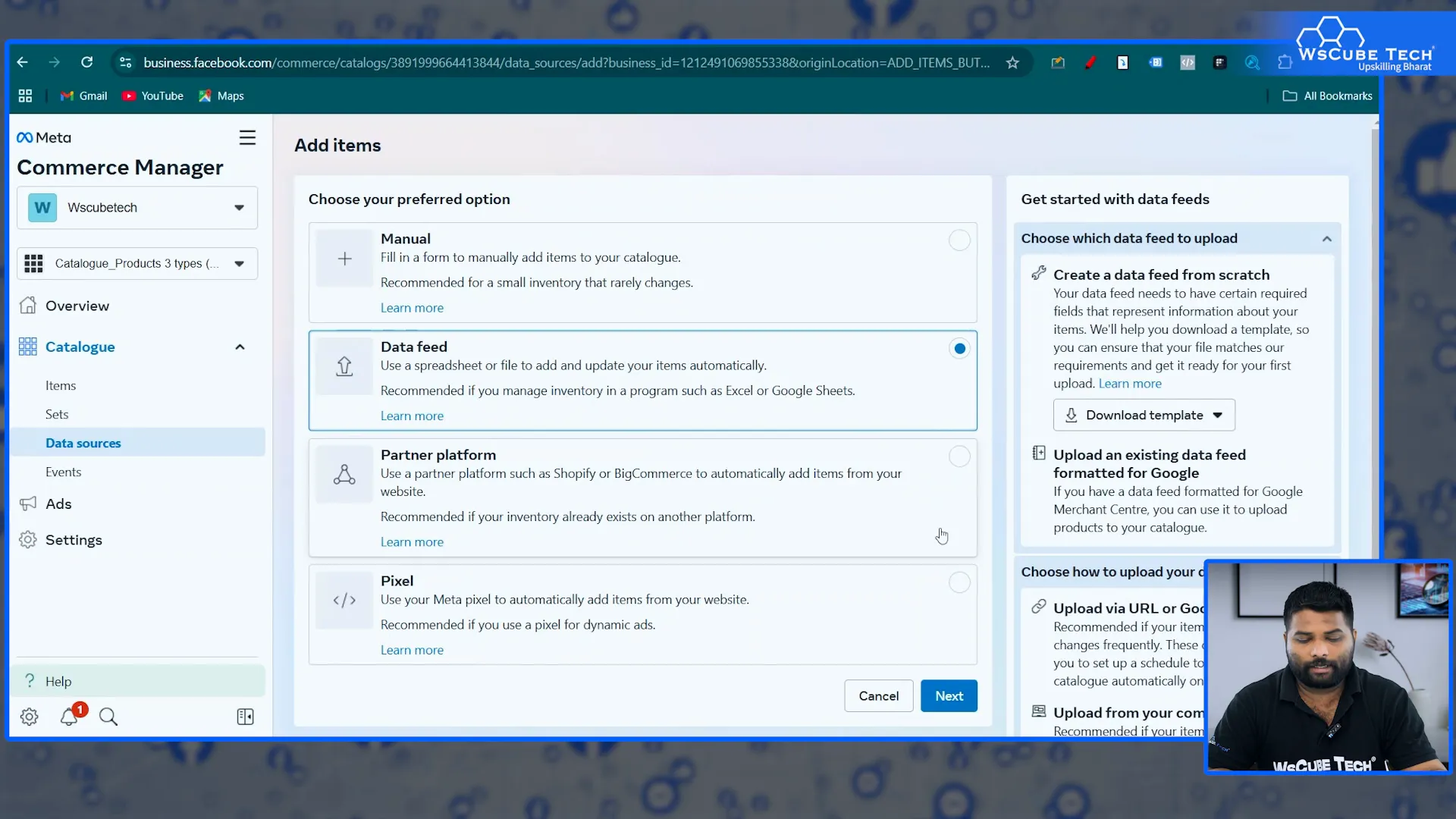
Setting Up the Data Feed
To set up a data feed, you need a plugin like "CT Feed." This plugin helps in generating an XML link that contains all your product information. If your website is coded, request your developer to generate this XML link for you.
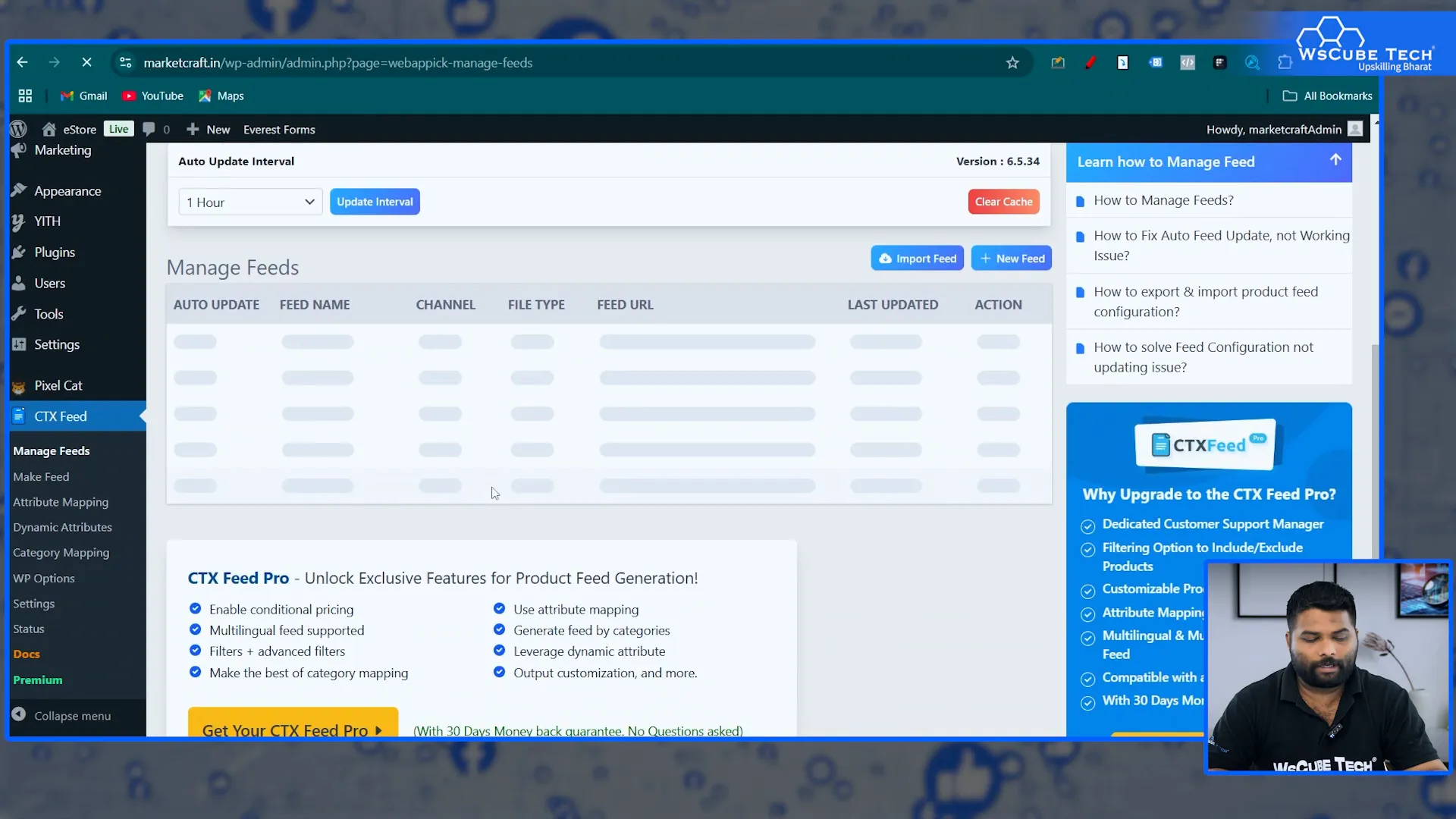
Method 2: Uploading a CSV or Excel File
You can also add products by uploading a CSV or Excel file. This method is suitable if you have a list of products prepared. Make sure to follow the required format, which includes essential product details like ID, title, description, price, and image links.
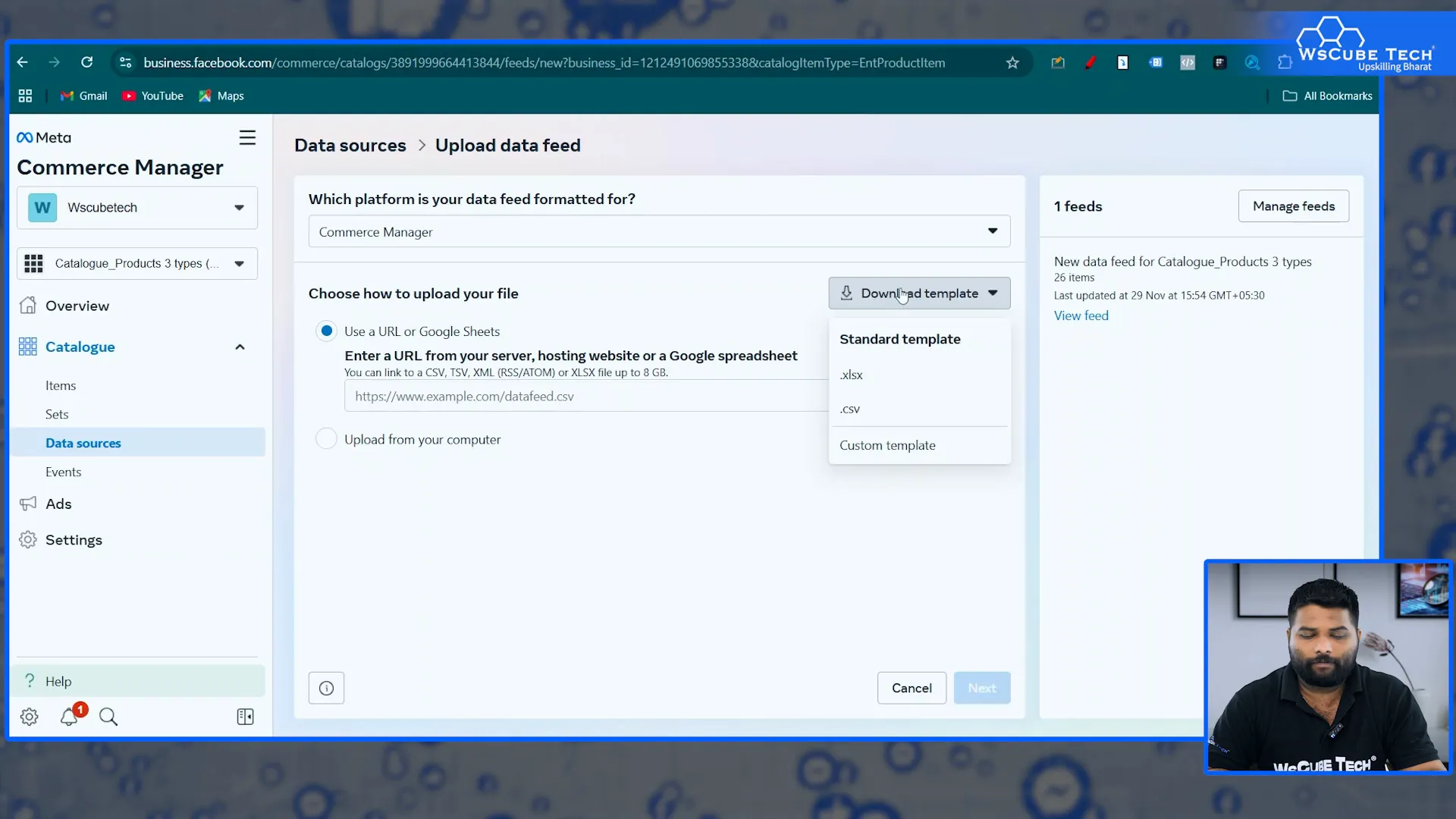
Preparing Your File
Download the necessary template and fill in the required fields. Ensure that all mandatory fields, marked in blue, are filled out accurately to avoid errors during the upload process.
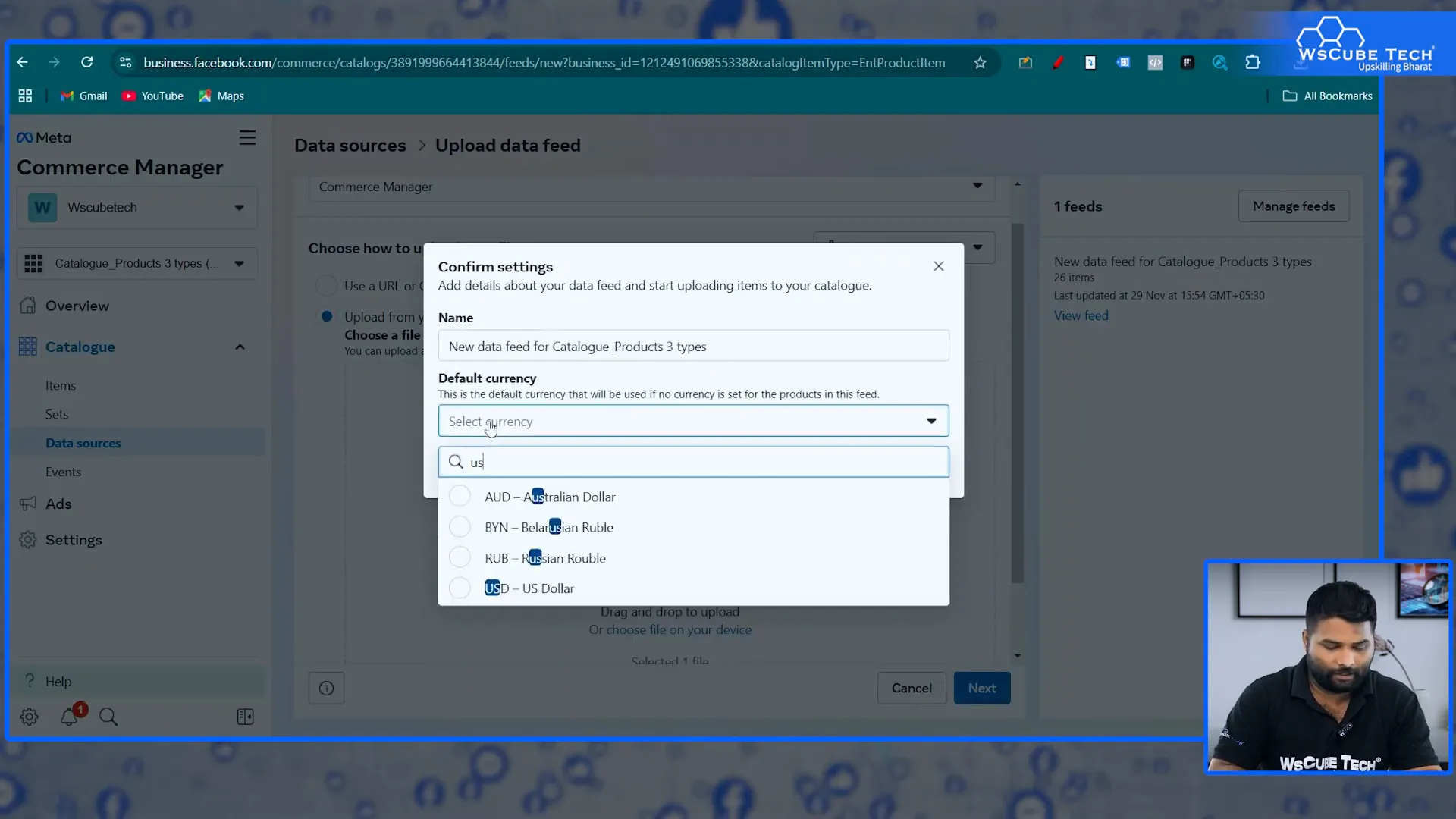
Method 3: Manual Entry
If you have a limited number of products, you can add them manually. This method allows you to input product details directly into the catalog without needing a data feed or file upload.
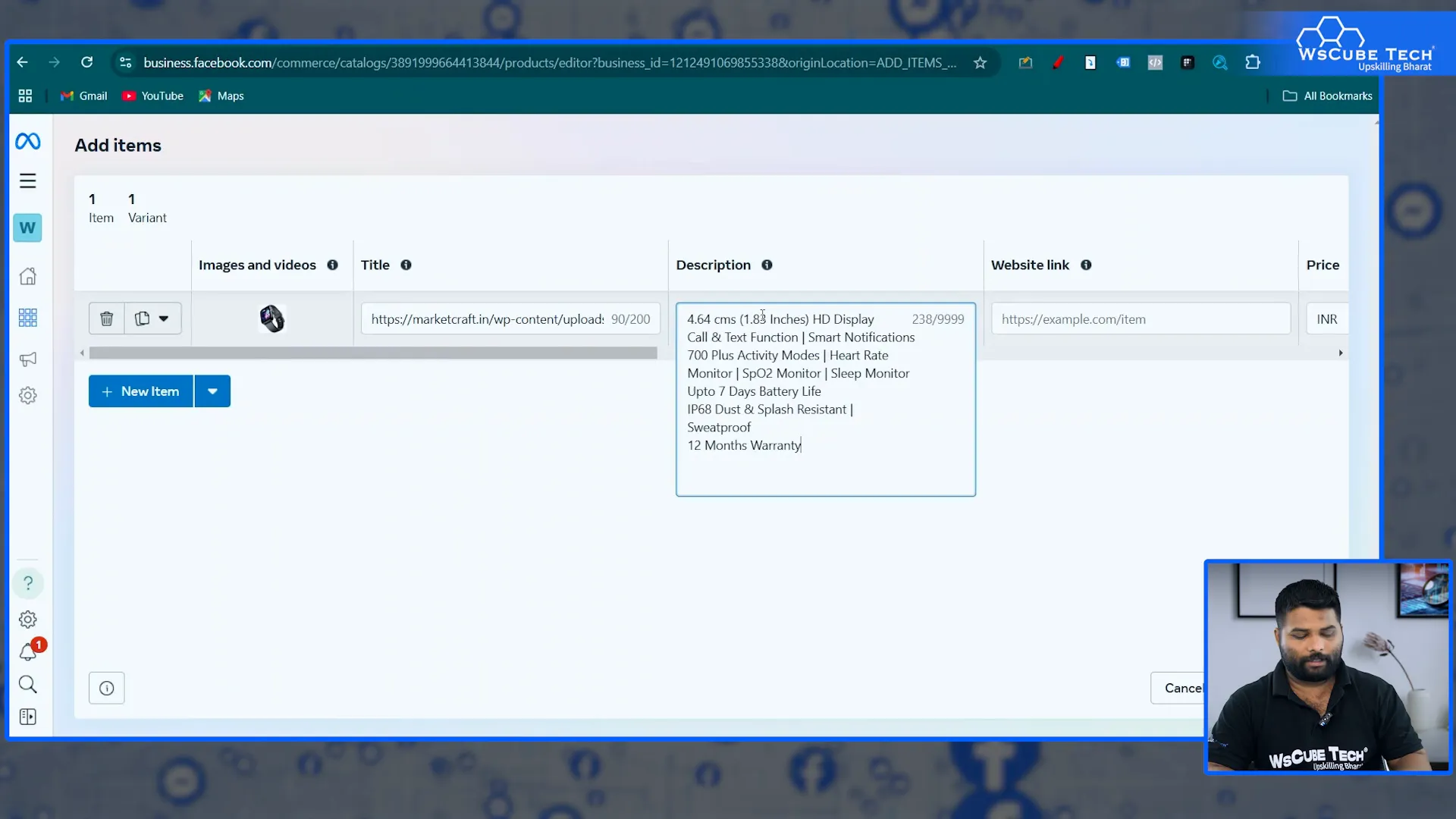
Entering Product Details
When manually entering product details, you will need to provide an image, title, description, price, and other relevant information. Ensure that the product image meets the size requirements for better visibility.

Utilizing Your Catalog in Ads
Once your products are added to the catalog, you can start using them in your advertising campaigns. Navigate back to the Ads Manager to create your campaign.

Creating an Ad Campaign
In the Ads Manager, click on "Create Campaign." Choose your campaign objective, such as "Sales," and proceed to set up your ad. Make sure to enable the catalog option so that your ads can utilize the products you’ve just added.
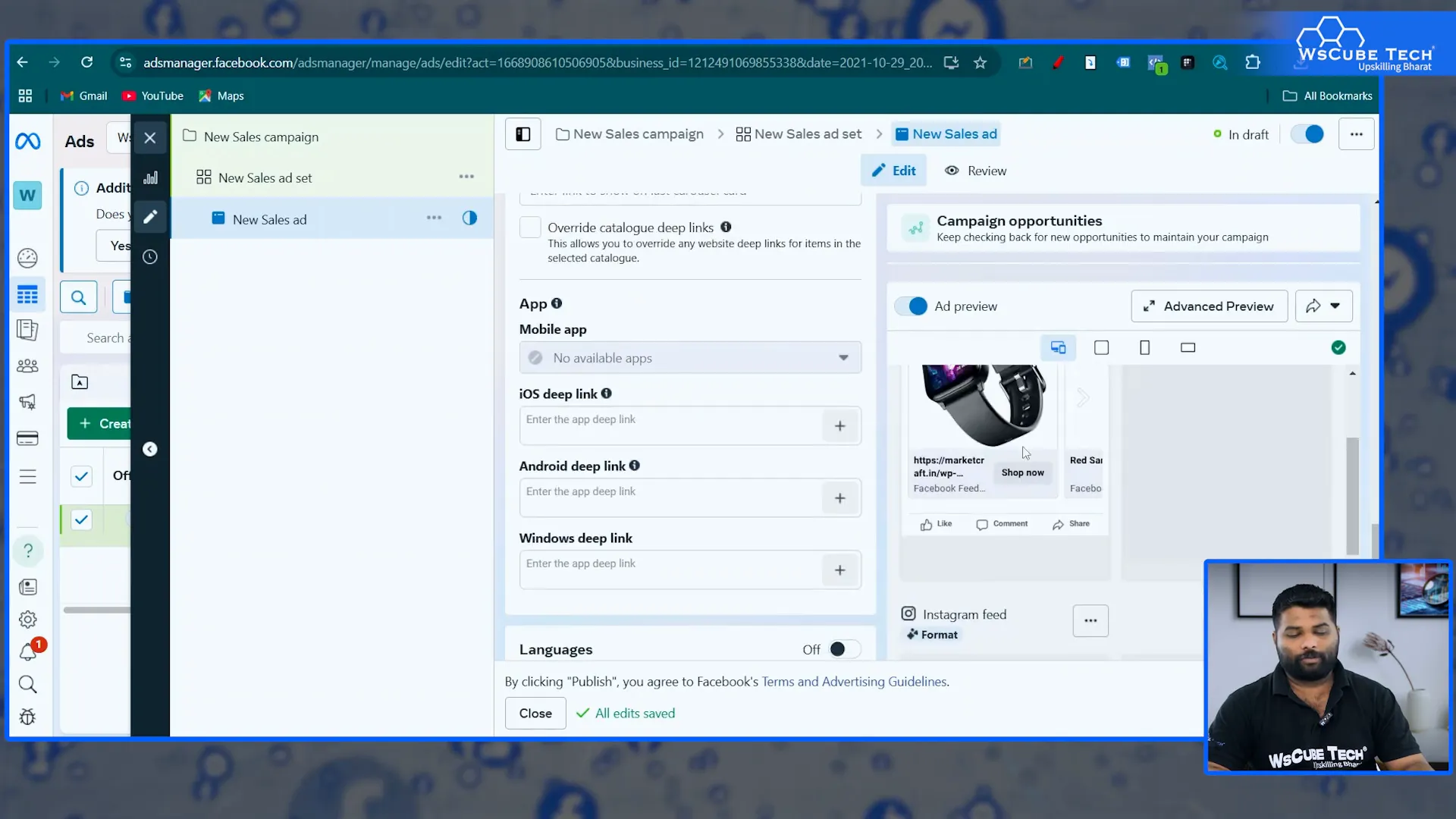
Finalizing Your Ad Setup
As you set up your ad, you will see the products available in your catalog. Select the products you wish to advertise, craft your ad copy, and finalize your settings before launching your campaign.

Conclusion
Creating and setting up a commerce catalog in Meta Ads is a straightforward process that can significantly enhance your advertising efforts. By following the steps outlined in this guide, you can effectively showcase your products and reach a wider audience.
Whether you choose to use a data feed, upload a file, or enter products manually, the key is to ensure that your catalog is well-organized and up-to-date. Good luck with your ecommerce catalog, and may your advertising campaigns be successful!
Made with VideoToBlog using How to Create and Set Up Ecommerce Catalog in Meta Ads - Full Guide







0 Comments